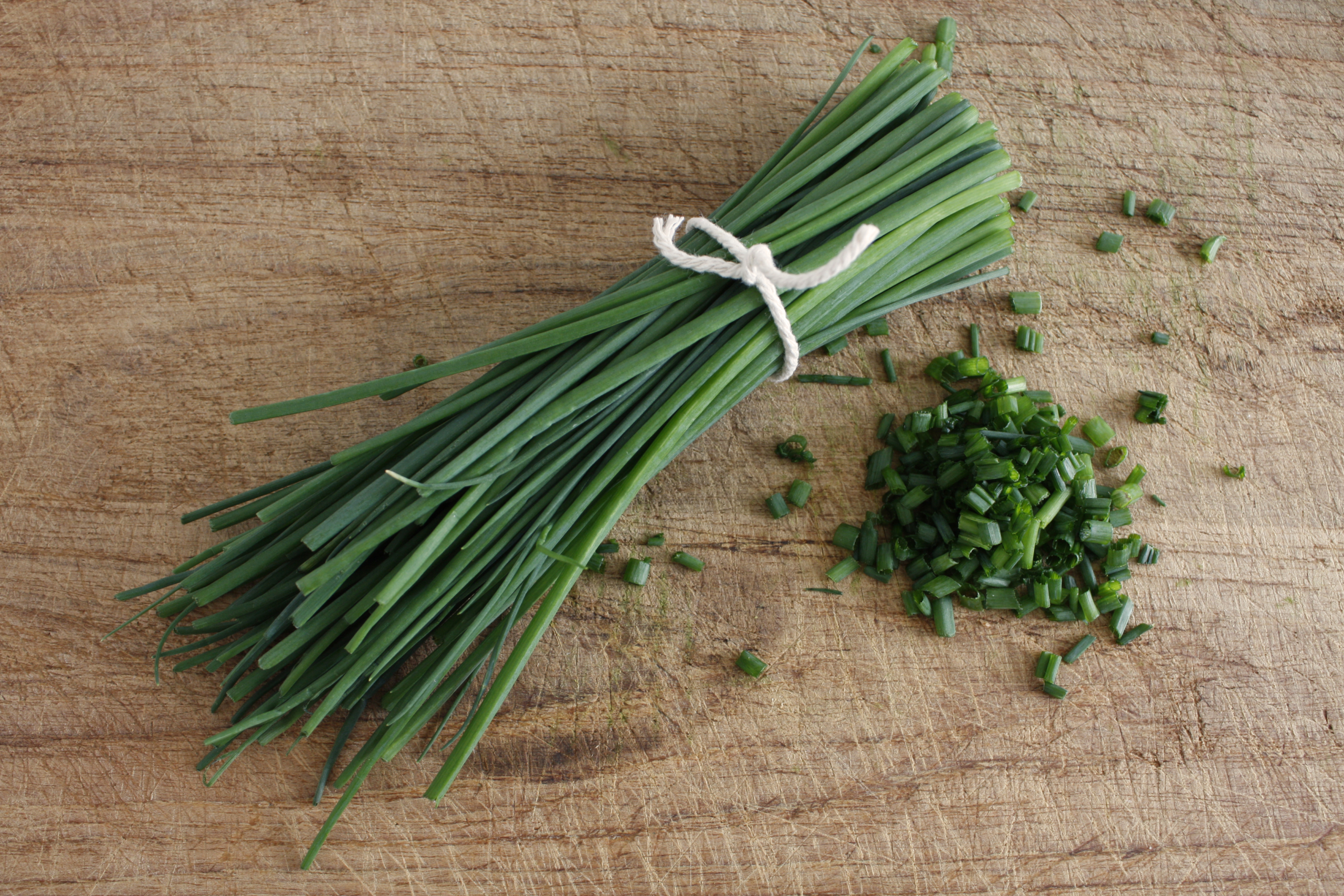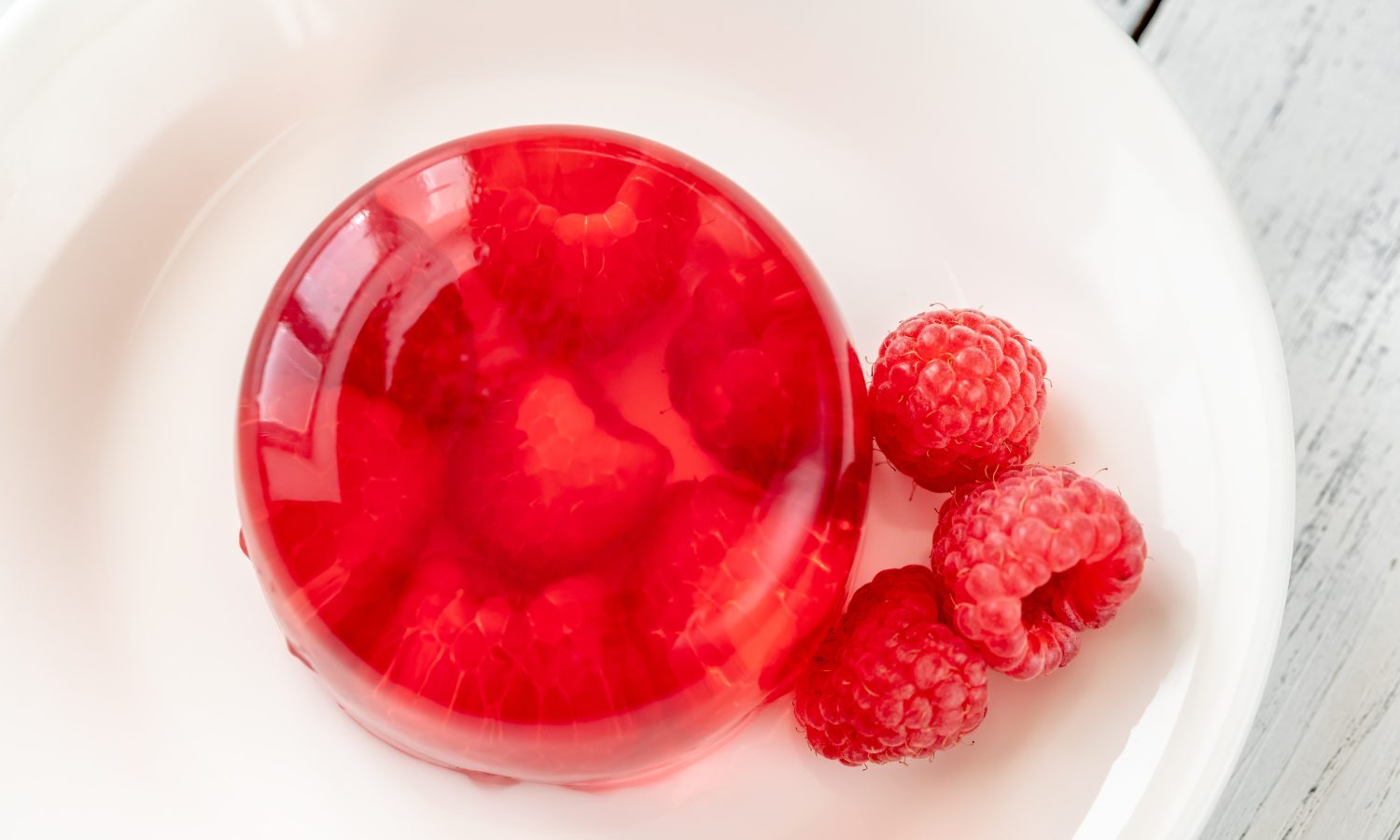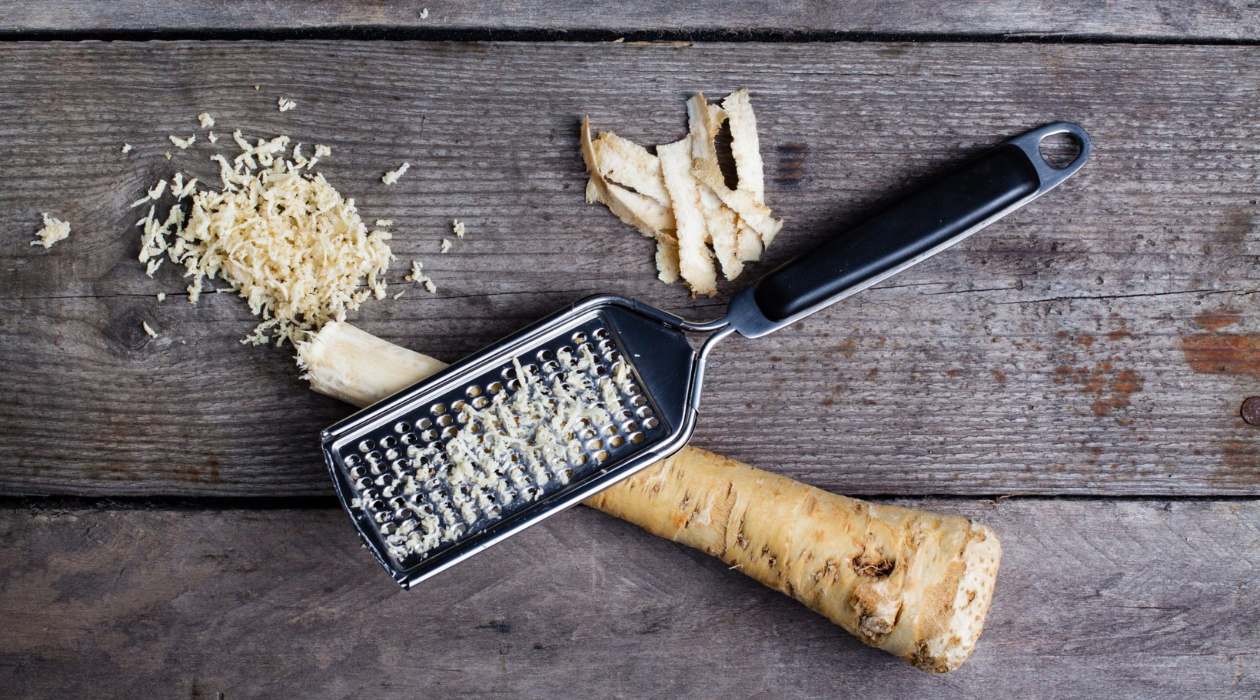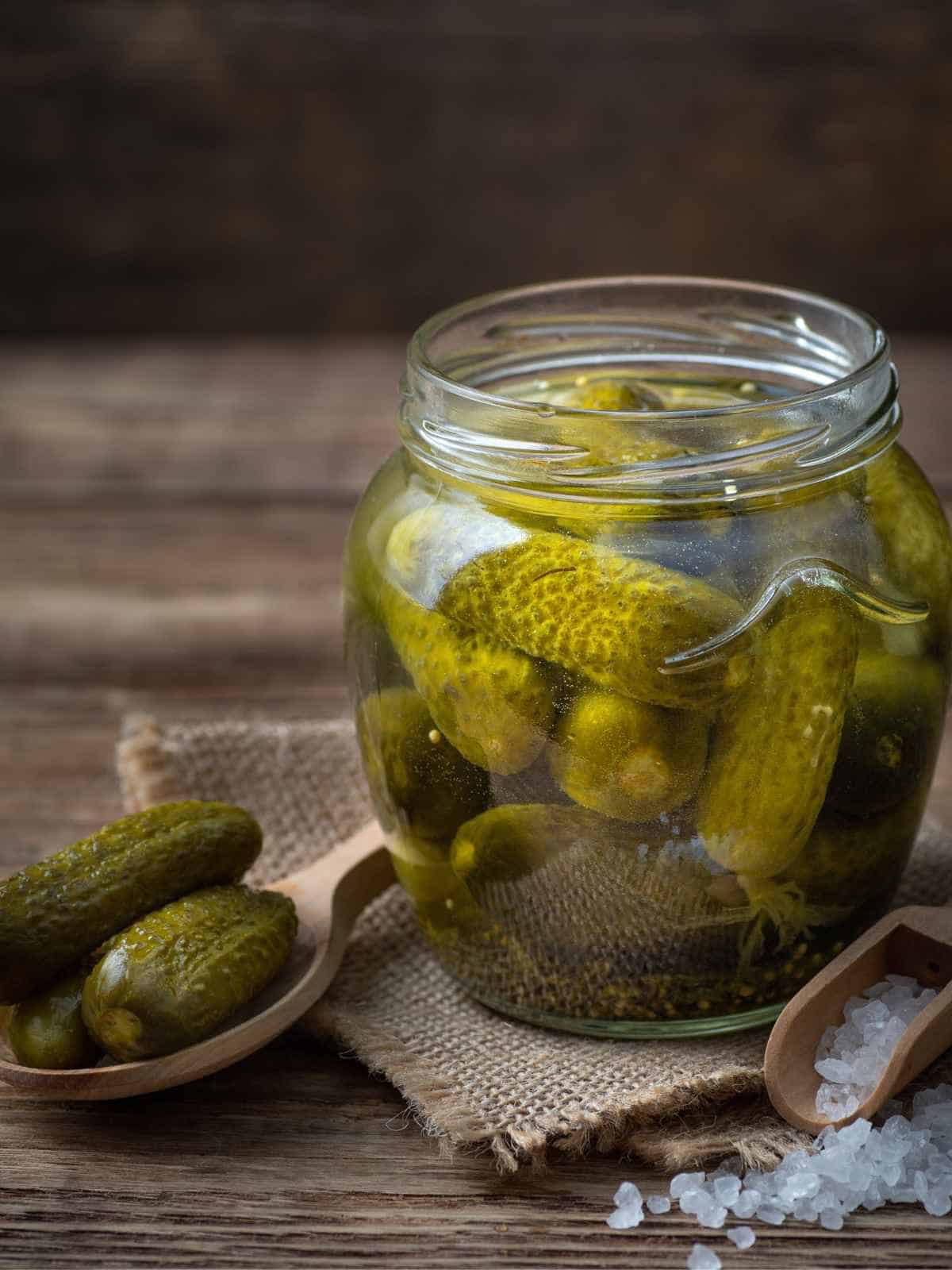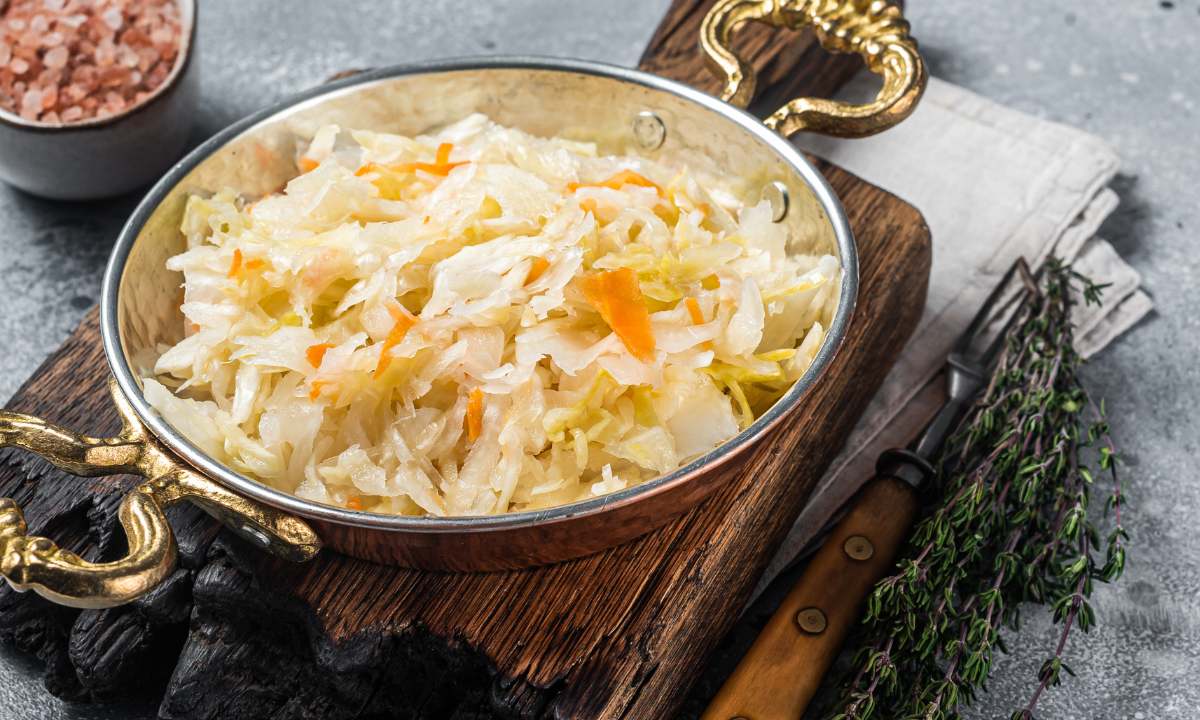Can You Freeze Chili? A Complete Guide Explained
– This article provides a step-by-step guide on how to freeze chili and reheat it for later use.
– Chili can be frozen and enjoyed later, whether it is made with meat or is vegetarian.
– It recommends using freezer-safe bags or airtight containers to freeze chili.
– Allow the chili to cool down to room temperature before freezing.
– Use thick, durable freezer bags or containers.
– Flatten the bags to make them easier to stack and store.
– Chili can be stored in the freezer for 4 to 6 months.
– Defrost the frozen chili by thawing it in the refrigerator, cold water, or microwave.
– Three methods for defrosting frozen chili are provided:
1. Defrosting in the fridge overnight.
2. Defrosting in water.
3. Defrosting in the microwave.
– If defrosting in the fridge overnight, the chili will be softer and ready to heat up the next day.
– To defrost in water, place the container of chili in a sink filled with room temperature water and check and flip the container until it’s defrosted.
– If in a rush, run the pack or container of frozen chili under hot water to detach the frozen block, then transfer it to a large bowl and heat on high for 5 minutes, stirring often until heated through.
– Freeze chili for future meals.
– Make sure chili has cooled down to room temperature before freezing.
– Freezer bags or airtight containers can be used for storing chili.
– Freezer bags offer the advantage of easy stacking and storage.
– Chili can last up to 4 to 6 months in the freezer.

